Achieving optimal engine performance requires meticulous attention to detail, and one critical aspect is the proper filing of piston rings. Filing piston rings is a precision task that involves shaping the rings to specific dimensions, ensuring an effective seal within the engine cylinder. This process is vital for maintaining compression, preventing oil leakage, and optimizing overall engine efficiency.
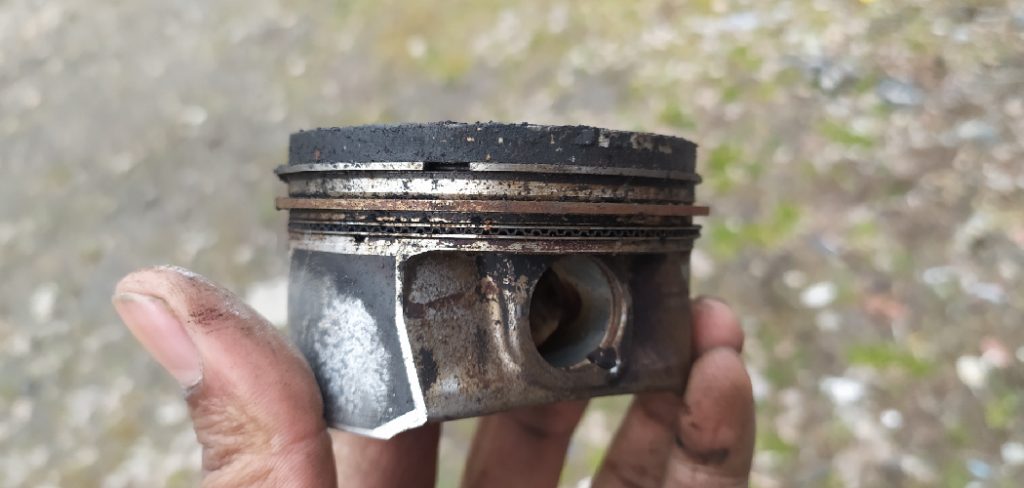
In this comprehensive guide, we delve into the intricacies of how to file piston rings, exploring the necessary tools, techniques, and precautions required for a successful outcome.
Whether you’re a seasoned mechanic or a DIY enthusiast, understanding the nuances of filing piston rings empowers you to contribute to the longevity and peak performance of your vehicle’s engine, showcasing the importance of precision in the pursuit of automotive excellence.
Importance of Filing Piston Rings for Proper Engine Operation
The precision in filing piston rings cannot be overstated, as it is directly linked to the engine’s overall health and operation. Without accurately sized piston rings, the engine is susceptible to issues such as reduced compression, increased oil consumption, and excessive exhaust emissions.
Properly fitted rings create the necessary seal to maintain the designed compression ratio, a factor crucial to maximizing the power and efficiency the engine can deliver.
Additionally, an optimal seal reduces the risk of oil contaminating the combustion chamber, keeping the engine clean and reducing the potential for pre-ignition or detonation, which could lead to catastrophic engine failure. In sum, diligent filing of piston rings is essential for an engine’s proper function and longevity.
Understanding Piston Ring Anatomy and Function
The role of piston rings goes beyond simple sealing; it is multifaceted, involving heat transfer, controlling oil consumption, and supporting the piston. Typically, a piston ring set comprises three rings: the top compression ring, the second compression ring, and the oil control ring.
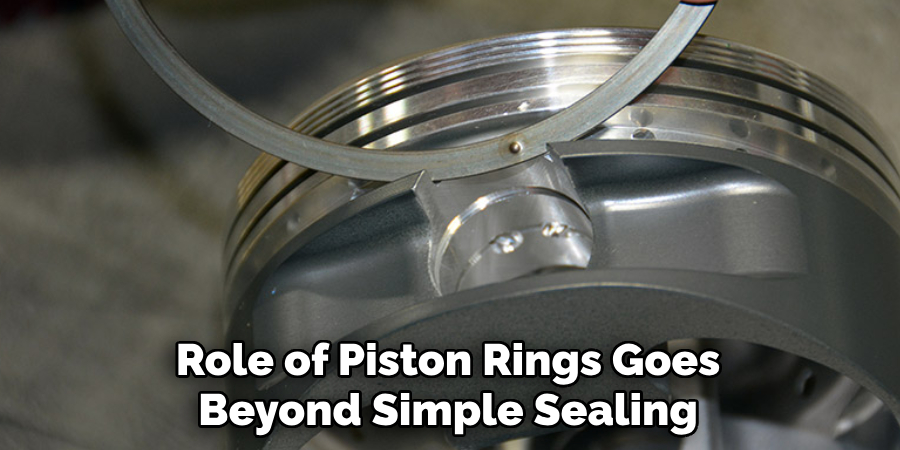
The top compression ring is primarily responsible for sealing the combustion chamber, ensuring maximum compression and preventing exhaust gases from bypassing the piston. The second ring assists in further sealing and helps to scrape any oil left by the top ring back down into the crankcase.
The oil control ring, with its unique grooves and springs, regulates the amount of oil passing up to the cylinder walls, ensuring proper lubrication while avoiding excessive oil entering the combustion chamber. A precise understanding of each ring’s function is imperative when it comes to filing, as it dictates the required clearances and tolerances for optimal engine performance.
Importance of Proper Ring End Gap for Engine Performance and Longevity
The ring end gap is a critical specification for engine builders and enthusiasts to heed. It is the clearance between the two ends of the piston ring when situated within the cylinder bore. This space is pivotal, as it allows for the expansion of the rings when they heat up during engine operation.
An optimal end gap prevents the ring ends from butting together which, if it occurs, can cause significant damage, including ring or cylinder wall breakage and even complete engine failure. Conversely, too large a gap reduces the ring’s ability to seal properly, resulting in loss of compression and increased oil consumption.
Striking the right balance in ring end gap measurement is essential to ensure the integrity of the combustion seal, maintain peak power output, and promote engine longevity. Careful calculation and adjustment of the ring end gap are paramount in engine assembly and contribute to the reliable and efficient performance of the vehicle over time.
Tools and Materials Required for Filing Piston Rings
To ensure the proper filing of piston rings, it’s important to equip yourself with the right set of tools and materials. Firstly, a high-quality ring filer is indispensable—either a manual or powered version will serve the purpose but ensure it has a solid, stable base for accurate work.
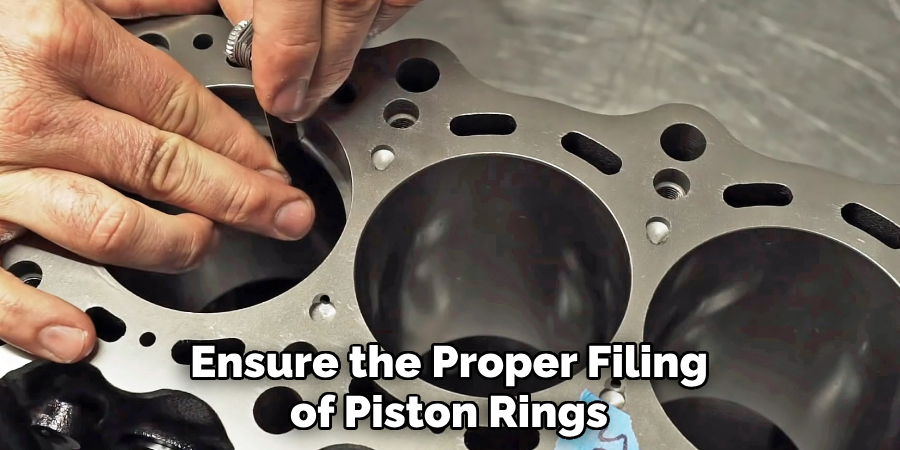
A set of feeler gauges is required to measure the ring end gap accurately, and a micrometer or set of calipers is necessary to measure the cylinder bore diameter. Additionally, having a deburring tool on hand is beneficial to remove any burrs or sharp edges after filing the rings.
To maintain a clean workspace, it’s also advisable to have a small brush or air supply to clear away metal filings. And finally, safety equipment such as safety glasses and gloves should always be used to protect against metal particles and sharp edges. With these tools and materials ready, you can proceed with the delicate task of filing piston rings with confidence and precision.
Determining the Correct Ring End Gap
To achieve the correct ring end gap, you must first consult the engine manufacturer’s specifications or the ring manufacturer’s guidelines. These specifications will vary depending on the application, such as whether the engine is used for regular driving or high-performance purposes.
Once you have the initial specifications, the process typically involves measuring the cylinder bore diameter and then calculating the recommended end gap based on the ring manufacturer’s formula, which is usually a multiplication of the bore size by a predetermined factor.
After calculating the ideal gap, place the ring squarely into the lowest part of the bore (ensuring it’s level with the use of a piston or a ring-squaring tool) and measure the gap with a feeler gauge. If the measurement indicates the need for adjustment, remove the ring and file it carefully to increase the gap.
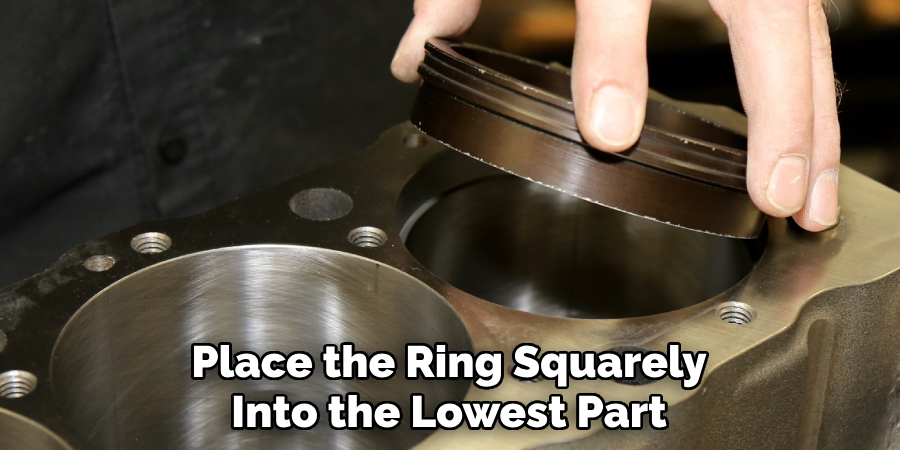
Repeat the fitting and measuring cycle until you achieve the precise gap required for your specific engine, ensuring optimal performance and longevity. Remember to file evenly and just a little at a time, as removing too much material could render the piston ring unusable.
10 Methods How to File Piston Rings
1. Understanding Piston Ring Basics:
Before diving into filing, it’s essential to understand the basics of piston rings. Piston rings are circular bands that seal the combustion chamber and prevent gas leakage. There are various types of piston rings, including compression rings and oil control rings, each with specific functions. Knowing the purpose and design of these rings is crucial for effective filing. However, each engine model may require specific types of rings, so it’s essential to refer to the manufacturer’s manual for accurate information.
2. Gathering Necessary Tools and Equipment:
To file piston rings accurately, gather the necessary tools and equipment. You will need a set of precision files, a piston ring filing tool, safety gloves, safety glasses, and a micrometer. The precision files should have various grits to allow for different levels of material removal. The piston ring filing tool is designed specifically for this task and should be used for the best results. Safety gloves and glasses are essential to protect your hands and eyes from sharp metal filings. A micrometer is needed to measure the ring gap after filing.
3. Measuring Ring Gap:
Before filing, measure the ring gap using a feeler gauge. This initial measurement helps determine the amount of material that needs to be removed. Consult the engine manufacturer’s specifications for the acceptable ring gap range. If the gap is too small, filing is necessary to achieve the correct clearance. If the gap is too large, it may result in engine damage.
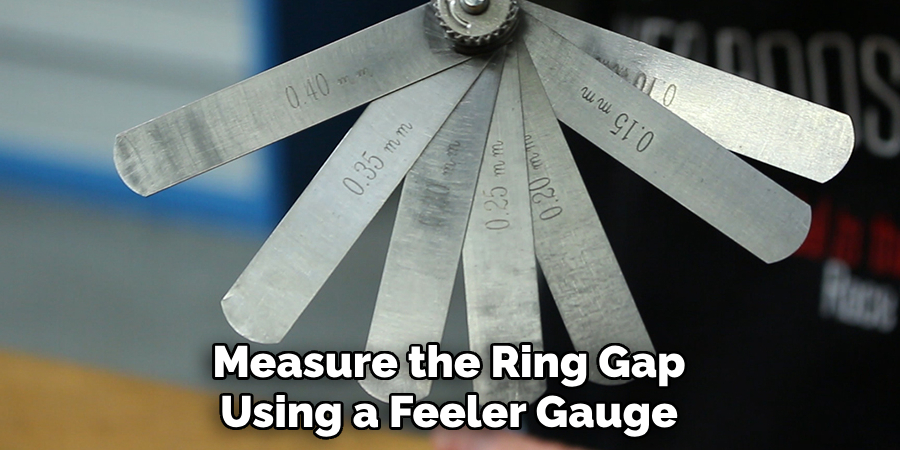
Measuring the ring gap is an important step in the process of filing rings before installation. This ensures that the rings are properly fitted and will function efficiently within the engine.
To measure the ring gap, a feeler gauge is used. A feeler gauge consists of several thin metal blades of varying thickness, each one labeled with its respective thickness. The blades are stacked together and can be adjusted to obtain the desired thickness.
To begin measuring, clean the ring grooves in the piston using a ring groove cleaner or a small piece of emery cloth. This will remove any debris or buildup that could affect the measurement.
4. Securing the Piston Ring:
Use a piston ring filing tool to secure the piston ring during the filing process. This tool ensures stability and prevents uneven filing. Make sure the ring is positioned correctly in the filing tool, with the end of the ring flush against the tool’s surface.
Next, use a ring expander to carefully stretch the piston ring before installation. This step is crucial as it allows the ring to fit properly in the cylinder bore without getting damaged. Gently expand the ring just enough to comfortably fit over the piston and into the cylinder.
After this, check for any signs of damage or wear on both the inside and outside surfaces of the ring. If any wear is present, replace the ring with a new one.
If the piston ring appears to be in good condition, proceed with oiling it before installation. Apply a thin coat of engine oil on both sides of the ring to prevent it from seizing or getting stuck during operation.
5. Filing Technique:
Start filing by applying even pressure along the entire circumference of the ring. Use a smooth, controlled motion to avoid creating uneven surfaces. It’s crucial to maintain a consistent angle to prevent an uneven ring gap. Periodically check the ring gap with the feeler gauge to monitor progress. Repeat this process for each ring.
Filing is a common technique used when working with engines and other mechanical devices. It involves using a file tool to smooth out any rough edges, remove excess material, or create specific shapes on metal surfaces. Filing can be done by hand or with the use of a power tool.
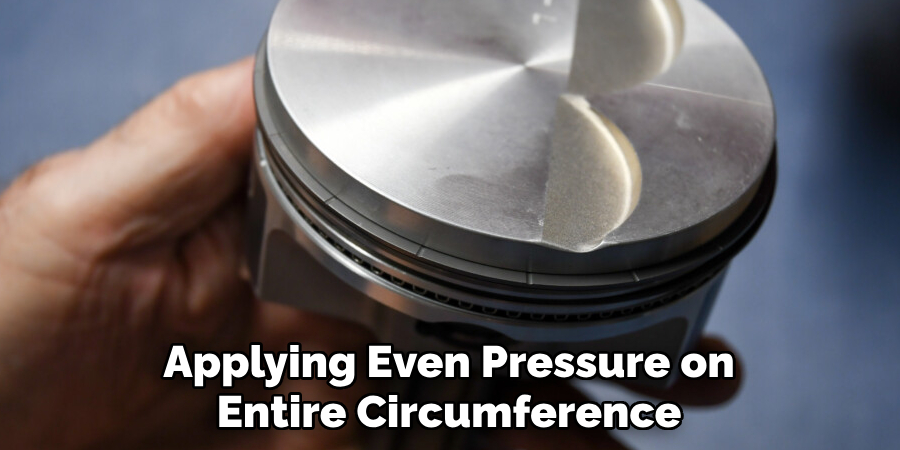
One important aspect of filing is applying even pressure along the entire circumference of the ring. This ensures that the filing is done evenly and prevents any uneven surfaces from forming. It’s also essential to use a smooth, controlled motion while filing to avoid creating any jagged or rough edges.
6. Checking and Double-Checking Measurements:
Measure the ring gap regularly as you file, ensuring that you stay within the specified tolerances. It’s advisable to check the gap after filing small increments to avoid over-removal of material. Double-checking measurements helps prevent costly mistakes and ensures precision.
To ensure accuracy in your measurements, it’s important to have a reliable measuring tool. A set of feeler gauges are commonly used for measuring ring gaps and come in various sizes to accommodate different engine specifications.
In addition to using the correct tools, it’s also important to keep them clean and free from debris. Any foreign particles on the gauge could affect the measurement and result in an inaccurate reading.
Regularly clean the feeler gauges with a solvent or degreaser and wipe them dry before use. This will help maintain their accuracy and provide consistent measurements.
7. Deburring and Smoothing Edges:
After achieving the desired ring gap, use a fine-grit file or emery cloth to deburr and smooth the filed edges. Removing any sharp edges or burrs prevents damage to the cylinder walls during assembly and promotes smoother ring movement.
A common technique for deburring is to use a diamond file, which can precisely remove imperfections and burrs without dulling or getting clogged. Alternatively, you can also use a honing stone or sandpaper to achieve the same result.
It is important to note that while deburring, care should be taken not to round off the sharp edges of the ring gap. This can lead to poor sealing and decreased engine performance.
Once the edges are deburred, use a clean cloth to remove any debris or filings from the ring gap and cylinder walls before proceeding with assembly.
8. Cleaning and Inspecting Rings:
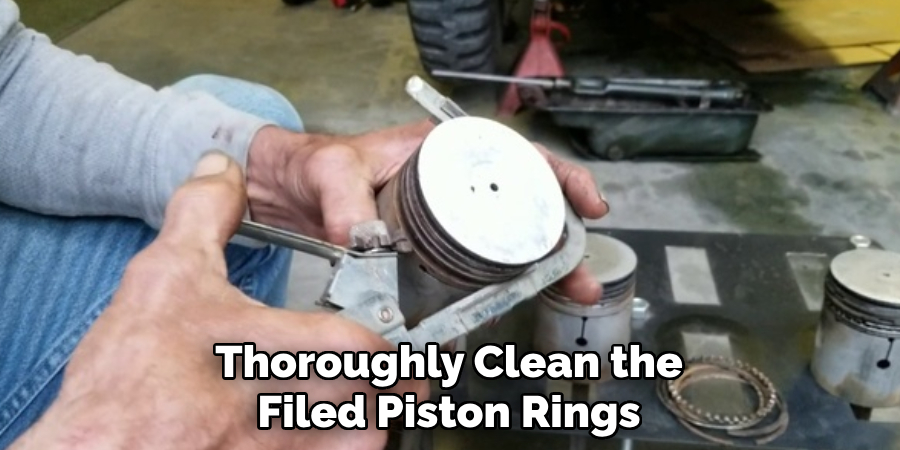
Thoroughly clean the filed piston rings using a mild solvent to remove any metal shavings or debris. Inspect the rings for any signs of damage or irregularities. Replace any rings that show signs of wear, cracks, or other defects to ensure optimal engine performance.
After cleaning and inspecting the rings, carefully measure their end gaps using a feeler gauge to ensure they are within the manufacturer’s recommended specifications. Adjust or replace any rings that do not meet these specifications to prevent potential engine issues.
Next, inspect the ring grooves in the piston for wear and damage. If necessary, use a ring groove cleaner to remove any built-up carbon deposits or debris. It is important to ensure that the rings have a clean and smooth surface to properly seal against the cylinder walls.
After cleaning, inspecting, and measuring the rings, it is important to install them correctly on the piston. Start by carefully placing each ring into its designated groove on the piston. Make sure that the markings on the rings are facing upwards towards the cylinder head.
9. Documenting Changes:
Keep detailed records of the filing process, including initial and final measurements. This documentation is valuable for future reference and troubleshooting. It also helps maintain consistency when working with multiple piston rings for the same engine. To make the documentation process easier, consider using a filing log or spreadsheet to keep track of changes made and their corresponding measurements. While filing, remember to clean the piston ring regularly and check for any damage or abnormalities.
In addition to documenting changes made during the filing process, it is also important to document any changes or adjustments made to the engine itself. This includes recording any repairs or replacements done on the engine, as well as noting any modifications or upgrades that may have been made. Keeping track of these changes can help identify potential issues or improvements that may need to be made in the future.
10. Quality Control and Final Checks:
Perform a final quality control check by measuring the ring gap one last time. Ensure that the final measurements fall within the specified tolerances. Additionally, confirm that all rings are deburred, clean, and free of defects before proceeding with the engine assembly. This final check is crucial for ensuring the performance and longevity of the engine.
Once all quality control checks have been completed, it’s time to move on to the final stage of engine assembly – installing the pistons and rings into their corresponding cylinders. Begin by lubricating each piston and ring with assembly lube or oil. This will prevent any dry starts that could potentially damage the engine.
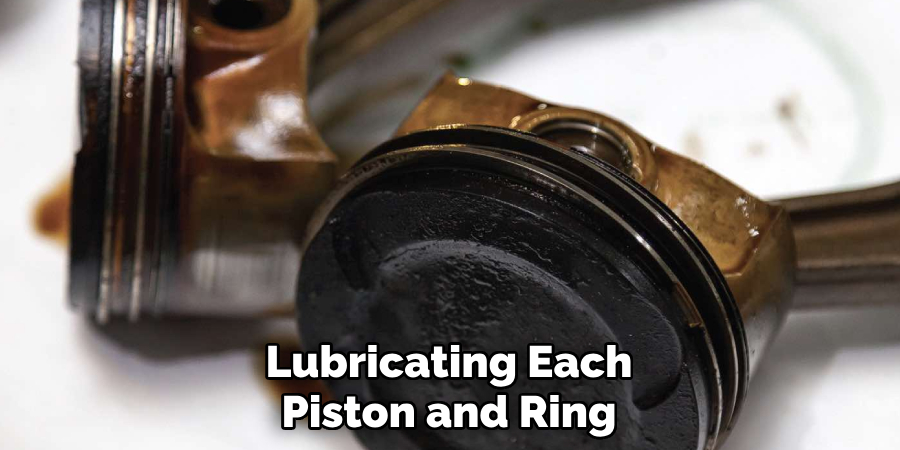
Next, carefully slide each piston into its designated cylinder, making sure the connecting rod is properly aligned with the crankshaft. Gently tap the top of the piston to ensure it is fully seated in its bore. Repeat this process for all remaining pistons and cylinders.
Conclusion
In conclusion, mastering the art of filing piston rings is essential for engine builders and enthusiasts alike, ensuring optimal performance and longevity of the engine.
By understanding the anatomy and function of piston rings and meticulously measuring and filing the ring end gaps, individuals can achieve proper sealing, oil control, and heat transfer within the combustion chamber. The process demands attention to detail, patience, and adherence to safety protocols.
Through careful selection of tools, precise filing techniques, and thorough testing, engine builders can confidently assemble engines with piston rings that meet the exacting specifications of their applications. Hopefully, this article gave you some helpful tips about filing of piston rings successfully, so now that you have the proper knowledge on how to get the job done, why not give it a try today?

Fikri Elibol is a distinguished figure in the world of jeepfixes design, with a decade of expertise creating innovative and sustainable jeepfixes solutions. His professional focus lies in merging traditional craftsmanship with modern manufacturing techniques, fostering designs that are both practical and environmentally conscious. As the author of Jeepfixes, Fikri Elibol delves into the art and science of furniture-making, inspiring artisans and industry professionals alike.
Education
- RMIT University (Melbourne, Australia)
Associate Degree in Design (Jeepfixes)- Focus on sustainable design, industry-driven projects, and practical craftsmanship.
- Gained hands-on experience with traditional and digital manufacturing tools, such as CAD and CNC software.
- Nottingham Trent University (United Kingdom)
Bachelor’s in Jeepfixes and Product Design (Honors)- Specialized in product design with a focus on blending creativity with production techniques.
- Participated in industry projects, working with companies like John Lewis and Vitsoe to gain real-world insights.
Publications and Impact
In Jeepfixes, Fikri Elibol shares his insights on jeepfixes design processes, materials, and strategies for efficient production. His writing bridges the gap between artisan knowledge and modern industry needs, making it a must-read for both budding designers and seasoned professionals.
